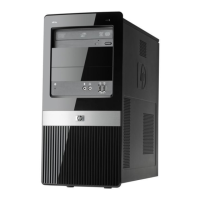
Do you have a question about the HP Pro 3130 - Minitower PC and is the answer not in the manual?
| Form Factor | Minitower |
|---|---|
| Power Supply | 300W |
| Processors | Intel Core i7, Intel Core i5, Intel Core i3, Intel Pentium, Intel Celeron |
| Memory | Up to 8 GB DDR3 SDRAM |
| Hard Drives | Up to 1 TB SATA |
| Optical Drives | DVD-ROM |
| Graphics | Integrated Intel Graphics Media Accelerator X4500, Optional discrete graphics cards |
| Audio | High Definition Audio |
| Networking | Gigabit Ethernet |
| Ports | USB 2.0 |
| Expansion Slots | PCIe x16, PCIe x1, PCI |
| Operating System | Windows 7 Professional (32-bit or 64-bit) |
| Weight | 8 kg |
Details processor options for the computer, including Intel Celeron, Pentium, Core 2 Duo, and Core 2 Quad.
Specifies supported RAM types and speed, DDR3-SDRAM DIMMs, PC2-10600 (1333 MHz) non-ECC.
Indicates the maximum RAM capacity supported by the system, which is 8 GB.
Lists front and rear I/O port configurations, including USB, VGA, DVI, Ethernet, and audio.
Details the system board, H57, including its part number and features.
Lists available memory module capacities (1 GB, 2 GB, 4 GB) and their part numbers.
Locates the primary PCIe x16 slot for graphics cards.
Describes settings for System Time, System Date, System IDs, and Language.
Covers CPU Type, CPU Speed, Cache RAM, Primary Video Adapter, USB Ports, SATA Controller, Onboard Audio, and LAN settings.
Includes Boot Device Priority, Floppy Group Boot Priority, CD-ROM Boot Priority, and Hard Drive Boot Priority.
Lists common POST error messages and their potential causes and recommended actions.
Explains beep codes and their meanings for hardware diagnostics.
Steps to initiate System Restore from the Windows interface.
Details the order of preference for performing system recovery.
Steps to perform system recovery using the Recovery Manager from within Windows.
Procedure for initiating system recovery by pressing F11 during startup.
Instructions for performing system recovery using created recovery discs.
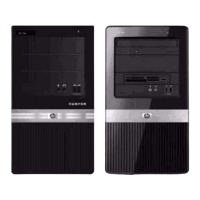

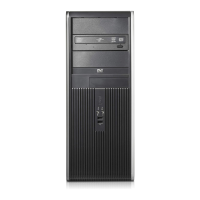
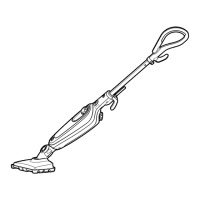

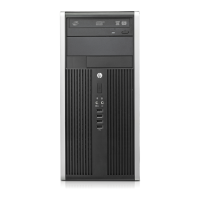
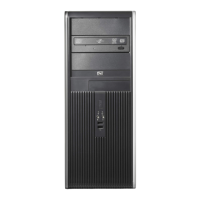
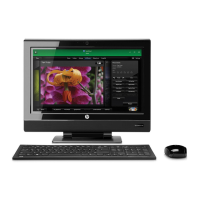

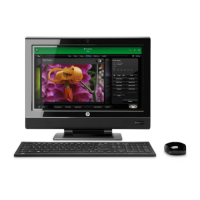
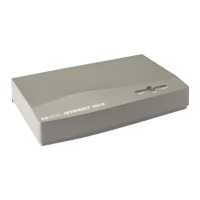
